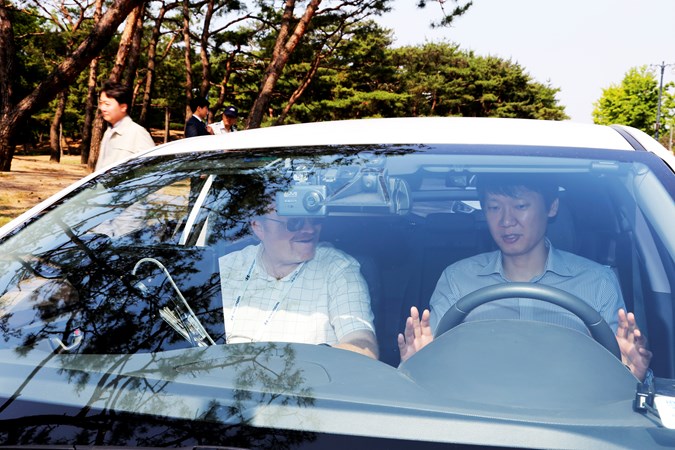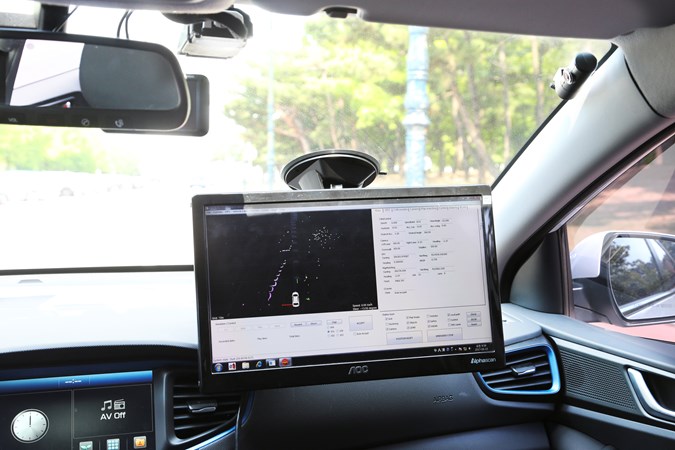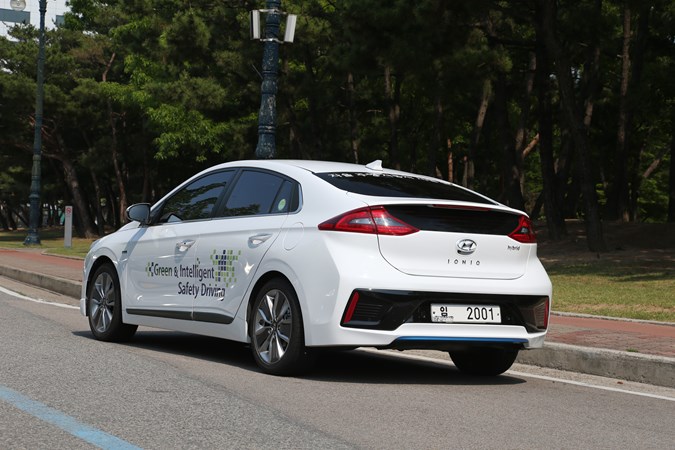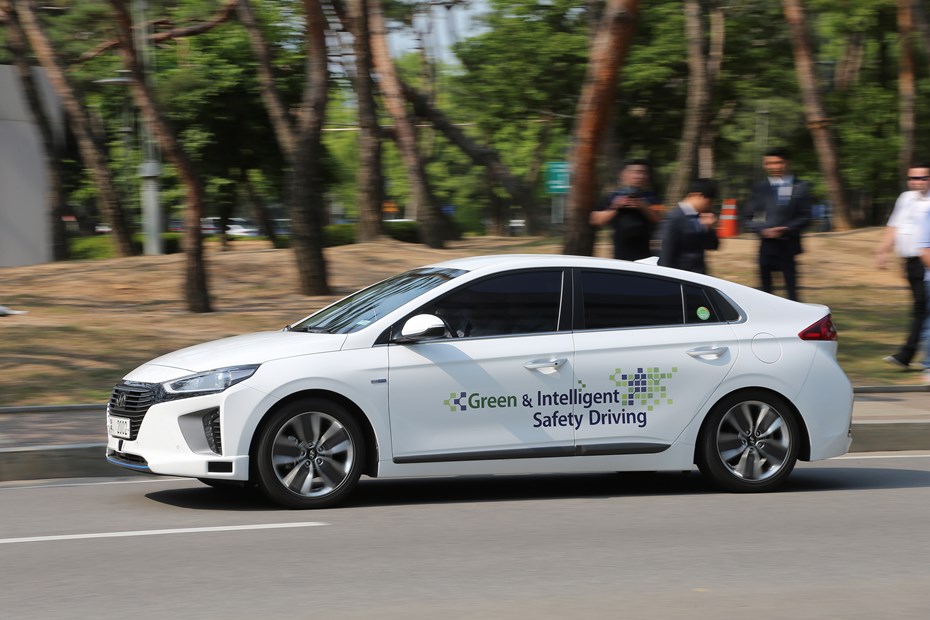Parkers believes that driverless cars will have the capability to change the way we work. They will take away so much stress in day-to-day driving. Hyundai believes to, too, and to prove it, the company invited us to Korea to ride in its Ioniq-based test and development prototype.
Hyundai’s engineering team reckons that its Level 3-equipped cars by 2021, which is some way short of Honda’s recent proclamation that it’ll be offering a similarly-equipped car for sale in 2018.
How does it work?
Hyundai’s approach to vehicle autonomy is simple. In our prototype, there is but a single forward-facing camera, which is backed up by a trio of LiDAR and radar sensors, front and rear. These work in tandem with downloadable high-resolution mapping.

In the midst of it all an Advanced Driver Assistance System, which makes sense of the input coming in from the sensors, plotting them against high resolution mapping. Hyundai believes that using fewer sensors, and running them in conjunction with those downloadable maps, will reduce costs significantly.
What’s the autonomous Ioniq like to ‘drive’?
The Level 3 (hands-off, driver on standby, safety-critical decisions made by the car) demonstration showed that Hyundai’s ‘urban’ system looks pretty functional.
The development prototype has a huge LCD monitor suckered to the inside of the windscreen, which means that all of the autonomous system’s real-time information is easily assimilated by the driver. Once underway, it’s a delight to watch the AI system dealing with ‘real world’ issues.
The car is driven away manually, and as soon as it’s ready to go, you tap the Cruise button on the steering wheel. The steering wheel responds fluidly to upcoming bends.
Avoiding real-life hazards
Pedestrians cross in front of you, and there are other vehicles all around. It brakes gently when someone steps out at a distance, and as soon as it’s clear the pedestrian has responded, and gets out of the way, the car speeds up again.
On the display, you can see everything going on – all people and vehicles are identified, and as soon as it’s clear to do so, recognised as not being a threat. And at no point did we get close to needing a manual intervention.

We didn’t get a chance to see this system in a motorway situation, so can’t comment on its ability to think for itself in a lane changing situation or how it maintains speed in and around traffic.
Verdict
Self-driving cars are on the way – and given the rush towards an on-sale date, we’ll be seeing more systems, and given the opportunity to compare more of them.
Hyundai’s cost-based approach to the system and the technology it employs is refreshing, as is its desire to undertake the majority of its own development. If the system is reliable and comes in at a reasonable cost, we can’t see how it’ll fail – especially for those hard-pressed motorway drivers, who need to cover big daily mileages.
In short, 2021 can’t come soon enough.












